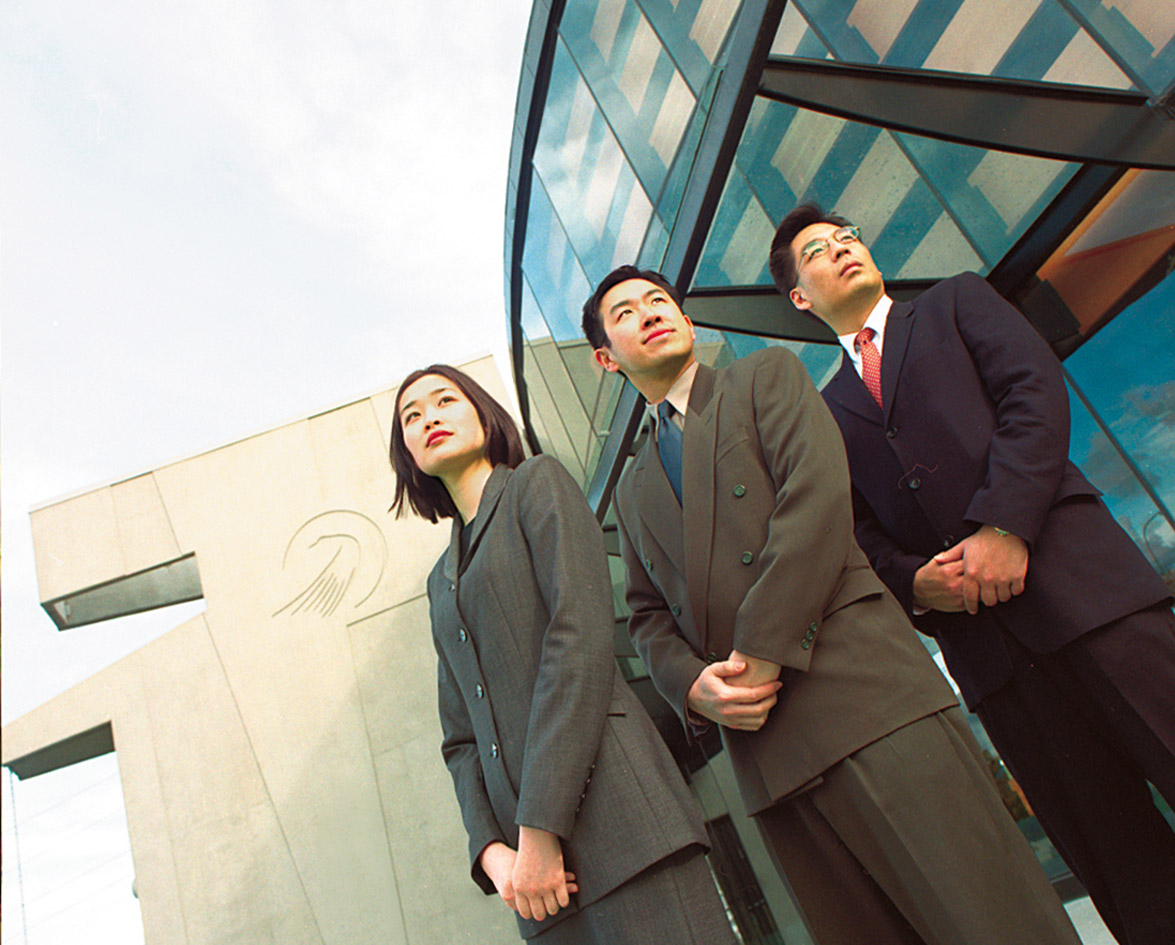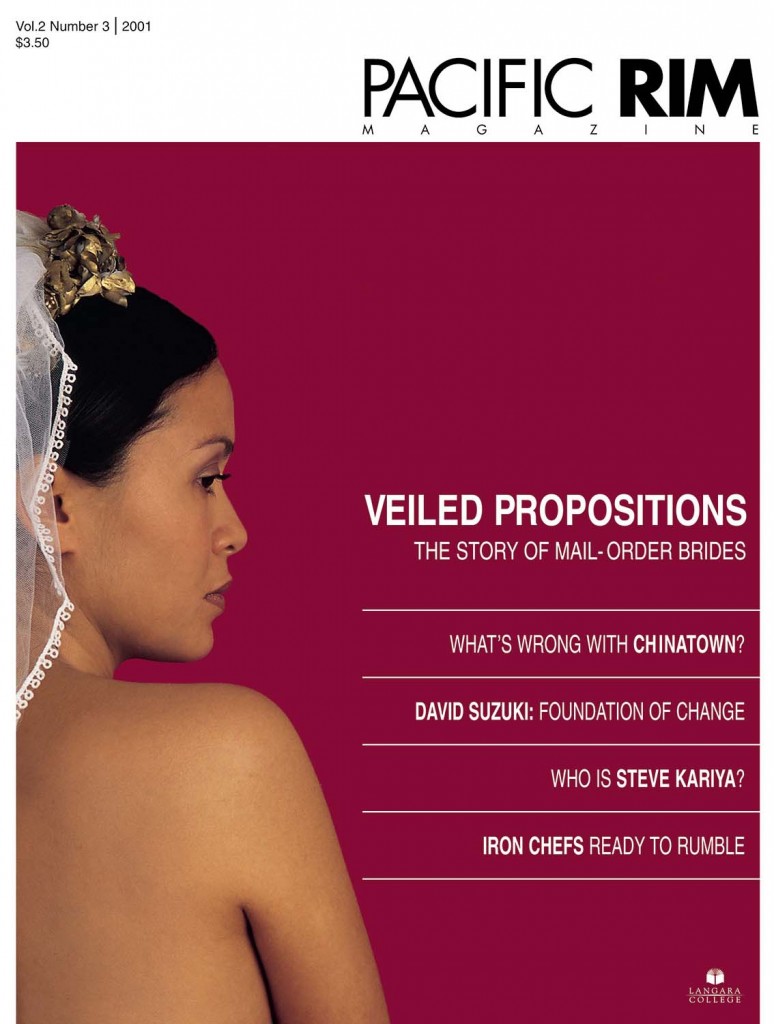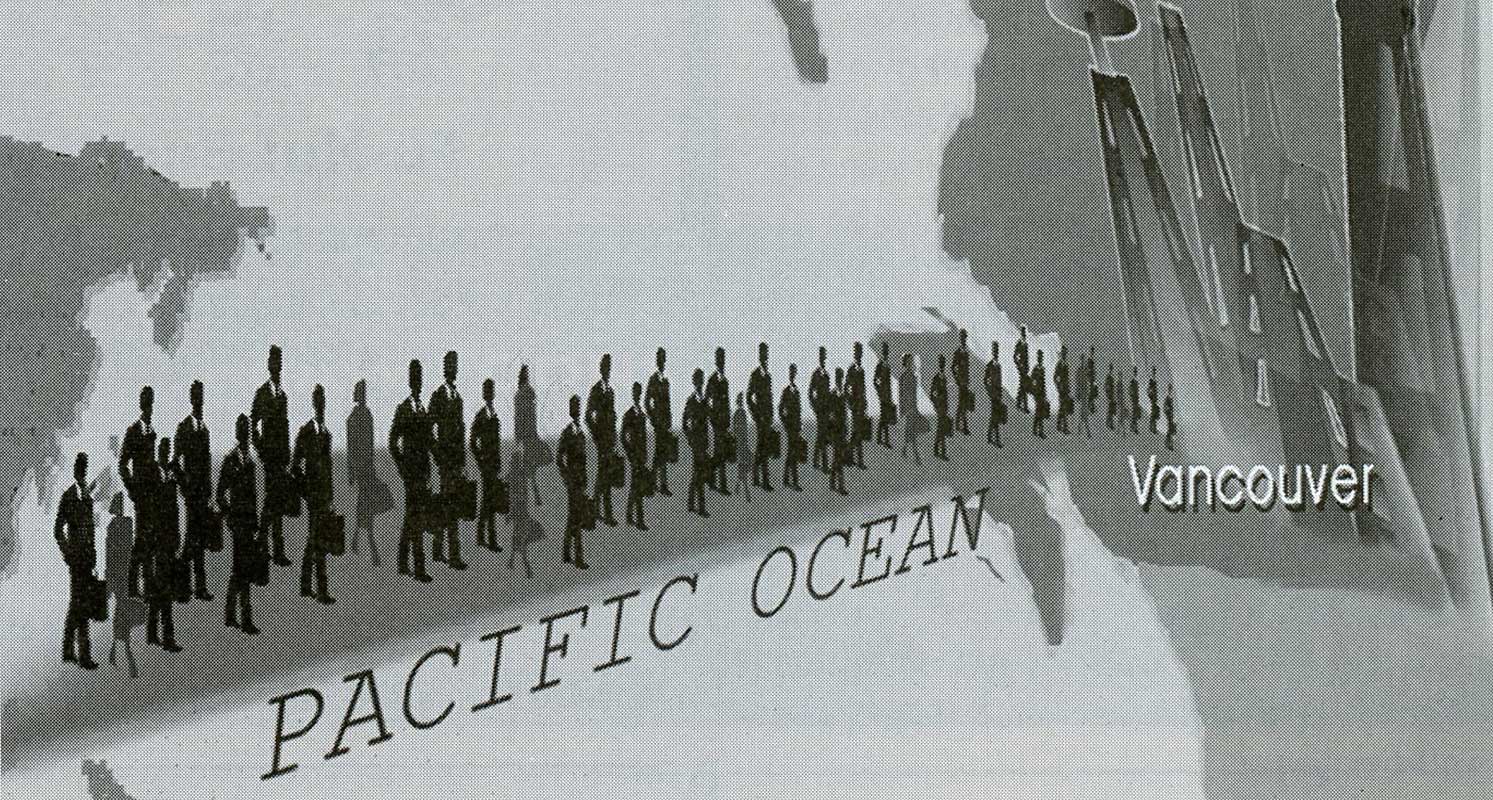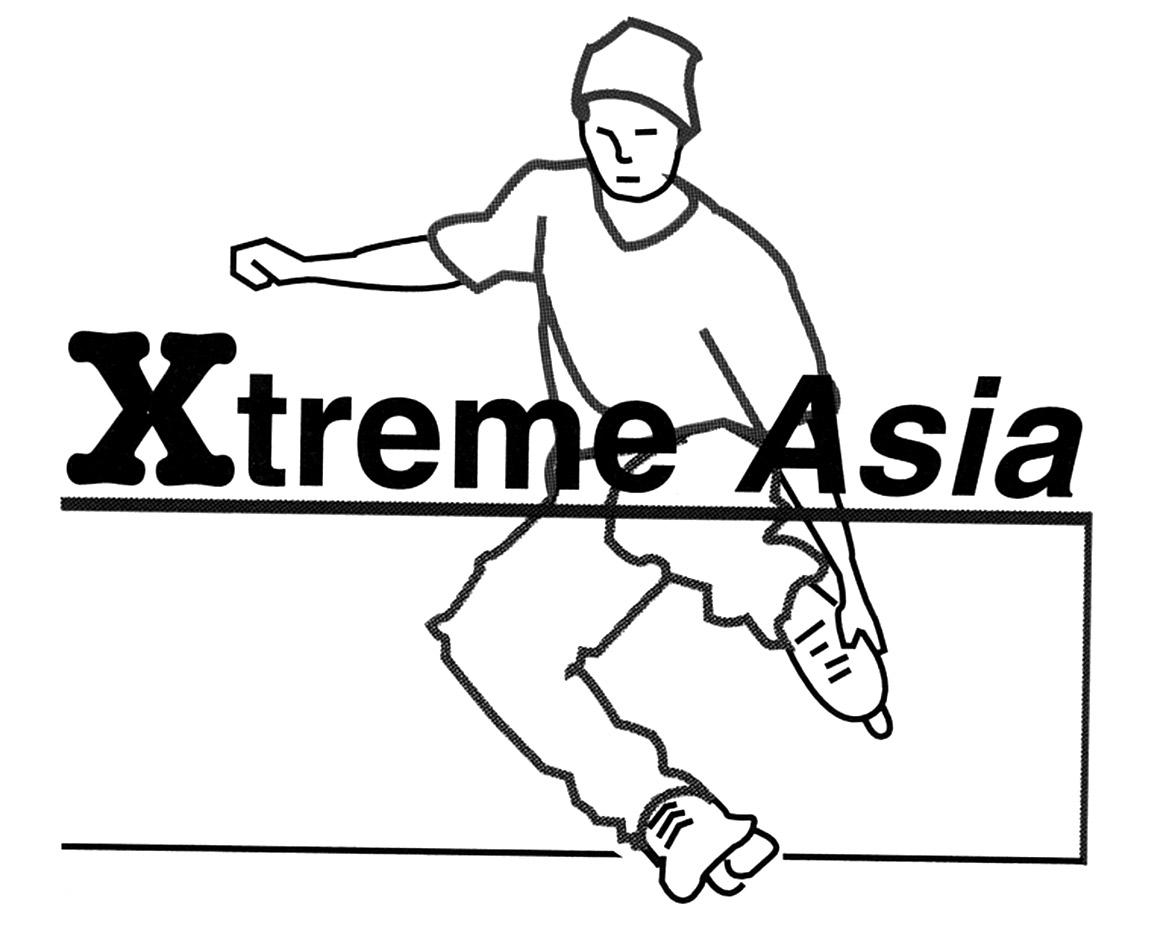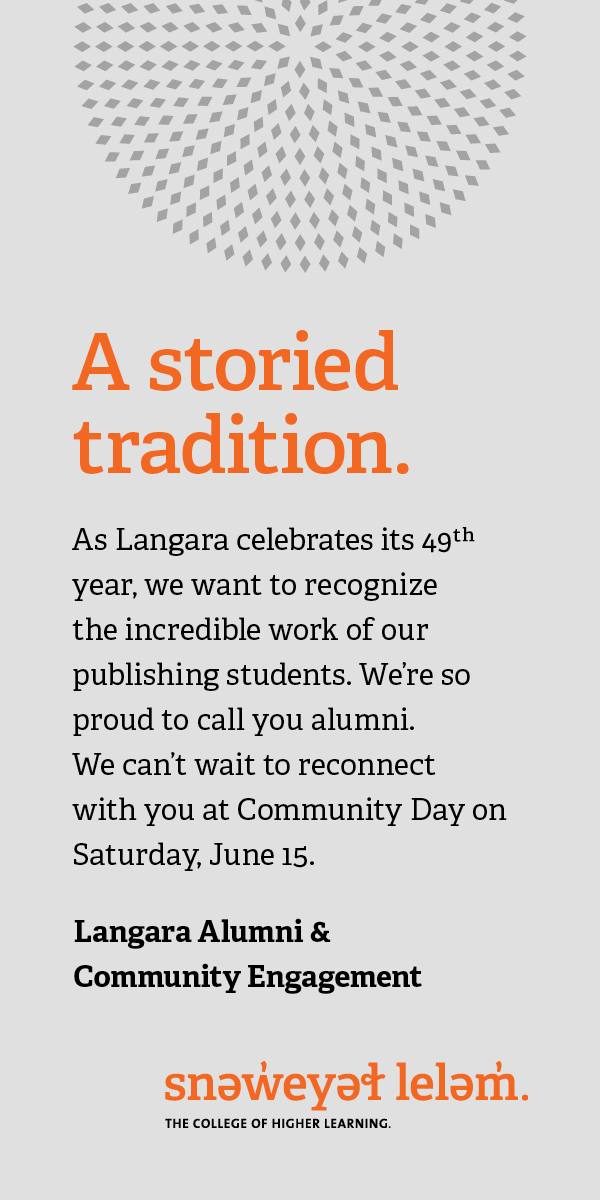The wood and glass atrium teems with yuppies. The aroma of designer coffee fills the air. Dressed in dark suits or chinos and black leather jackets, friends and strangers exchange handshakes and casual greetings. The chorus of “how ya been” and “nice to meet you” is punctuated by the shrill rings of cell phones and the soft shuffle of business cards. Well-dressed, well-educated and well-connected, this is a new generation of Asian Canadians, and the face of the National Association of Asian American Professionals (NAAAP).
Young And Motivated Asian Canadians Band Together
Chinese, Japanese, Korean, or Singaporean, all Asian Canadians are welcome to join. “It’s a fun but serious group,” says Bernard Seo, Vancouver chapter president. He marvels at the growth of the organization locally since its birth in 1997. What started out as a dedicated group of 15 has bloomed into a robust membership of over 150.
NAAAP members are culturally and professionally diverse and young (25-35 years). Seo feels that diversity is key to the organization’s strength. Members have in common the fundamental values of family, hard work and education, while cultural differences give them a unique perspective. NAAAP is unity through diversity.
NAAAP’s 2000 Business Leaders Forum was held in November at the new National Nikkei Heritage Centre in Burnaby. Asians, South Asians and Caucasians from across the Lower Mainland gathered. They stood amidst miniature dioramas of British Columbia’s World War II internment camps: Kaslo, New Denver and Greenwood. Just as NAAAP mirrors a new Asian Canadian sensibility, the completion of the National Nikkei Heritage Centre brings closure to a painful chapter in Asian Canadian history.
The centre was a fitting venue for the 2000 Business Leaders Forum where bleeding edge leaders of Vancouver’s high tech sector discussed emerging trends in technology and their impact on Canada. Rudy Chung, vice president of NAAAP Vancouver, explains that the organization wants to broaden its focus from purely Asian concerns to offer a more global perspective.
The Vancouver chapter has already received recognition for its community work. With programs like the Diversity Conference (a joint venture between NAAAP, the federal and provincial government) and the Annual Business Leaders Forum, it is taking an active role. Chung beams as he describes the organization’s contribution to last year’s (2000) Asian Heritage month. NAAAP provided over 25 per cent of the volunteers.
Funding Hard To Come By
Chung is eloquent about the need for NAAAP to provide quality programs for its members, as well as the community at large. “Older associations have other resources,” he says, “We provide energy and leadership. We are well organized.” He sees NAAAP’s ultimate goal as an umbrella organization that provides volunteer and professional resources to the Asian Canadian population. The organization would also work to break down internal racism.
Growth in the first three years has been steady and well planned. However, Chung feels that without increased corporate and government support, it will be difficult to maintain the momentum. “Corporate sponsorship in the US is easier,” he says with a sigh. Consistent corporate funding is difficult to find in Canada. As the association’s presence grows, Chung is optimistic that forward thinking companies like Ford Canada will see the organization’s potential and be more forthcoming with sponsorship. Increased funding will allow NAAAP to organize more marquee events.
A revolution of Asian Canadian identity is underway. The youth are uniting. NAAAP members are reforming the segmented Asian cultural landscape and taking pride in their rich cultural heritage. Confident, well educated and savvy, young Asian Canadians are taking ownership of the future.





